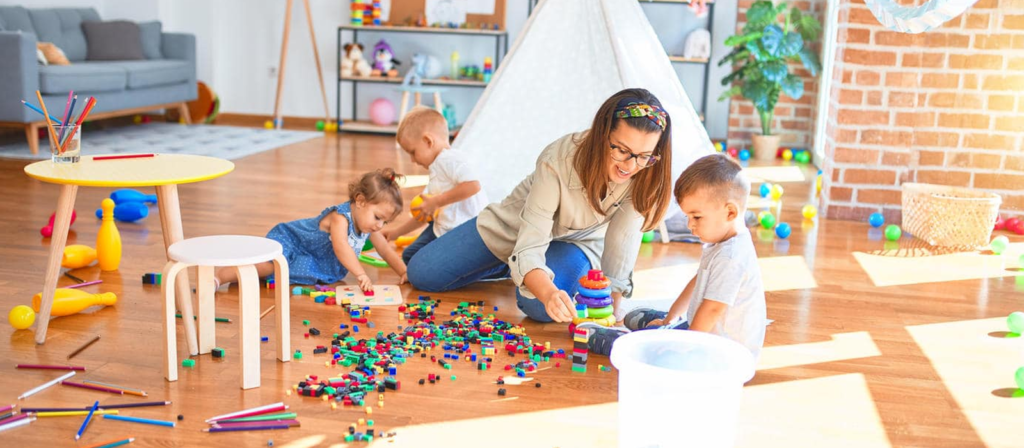A distinctive feature of Montessori materials is their reliance on wood as a primary material. This isn’t a random choice but a deliberate decision rooted in the Montessori philosophy of education. Why wood, though? What makes it the preferred material for Montessori learning tools instead of plastic or metal? The reasons are multifaceted and deeply connected to the principles of Montessori education.
Let’s delve into the rationale behind using wooden materials in Montessori settings, exploring how this choice aligns with the goals of Montessori education.
Natural and Sensorial Appeal
As a natural material, wood offers a sensory experience that is hard to replicate with synthetic materials.
- Tactile Warmth: Wood has a unique texture and warmth, making it more inviting and comfortable for children to handle.
- Visual and Tactile Variations: The grains and colors in wood provide a rich sensory experience, promoting sensory development.
Durability and Safety
Wooden materials are known for their durability and safety, essential in a learning environment.
- Long-Lasting: High-quality wooden toys can withstand years of use and often become heirlooms, passed down through generations.
- Non-Toxic and Safe: When appropriately finished, wooden toys don’t contain harmful chemicals often found in plastics.

Environmental Sustainability
Choosing wood reflects a commitment to environmental sustainability, a value imparted in Montessori education.
- Renewable Resource: Wood is mainly sourced from sustainably managed forests.
- Biodegradability: Unlike plastics, wooden materials are biodegradable and less environmentally harmful.
Encouraging Respect for the Environment
Using natural materials like wood helps instill a sense of respect and responsibility towards the environment in children.
- Connection to Nature: Handling wooden materials can foster a child’s relationship to the natural world.
- Teaching Care and Maintenance: Wood requires care, teaching children the importance of looking after their materials.
Aesthetic Simplicity
Montessori materials are designed to be aesthetically pleasing and free of distractions, and wood naturally supports this aesthetic.
- Simple Elegance: Wooden toys often have a timeless, elegant look that complements the Montessori preference for simplicity and order.
- Focus on the Activity: The natural look of wood minimizes visual distraction, helping children focus on the learning activity at hand.
Heft and Feedback
Wood’s weight and solidity provide feedback for developing motor skills and understanding cause and effect.
- Appropriate Weight for Development: Wooden materials have a heft that helps build muscle control and coordination.
- Feedback Through Interaction: The sound and feel of wood pieces connecting or being manipulated offer val—uable sensory feedback to children.
Supporting the Montessori Approach to Learning
Overall, wooden materials align perfectly with the Montessori approach to education, which emphasizes natural, holistic development and learning through sensory experiences.
- Harmony with Montessori Philosophy: Wood as a material resonates with the Montessori focus on natural, self-directed learning and respect for the environment.

In conclusion, using wooden materials in Montessori education is a thoughtful choice that reflects the core values of Montessori philosophy. From natural sensory appeal to environmental sustainability, wooden Montessori materials are critical in creating an effective and nurturing learning environment. They are tools for learning and vehicles for teaching children about the importance of nature, care for their environment, and the value of quality and simplicity.

